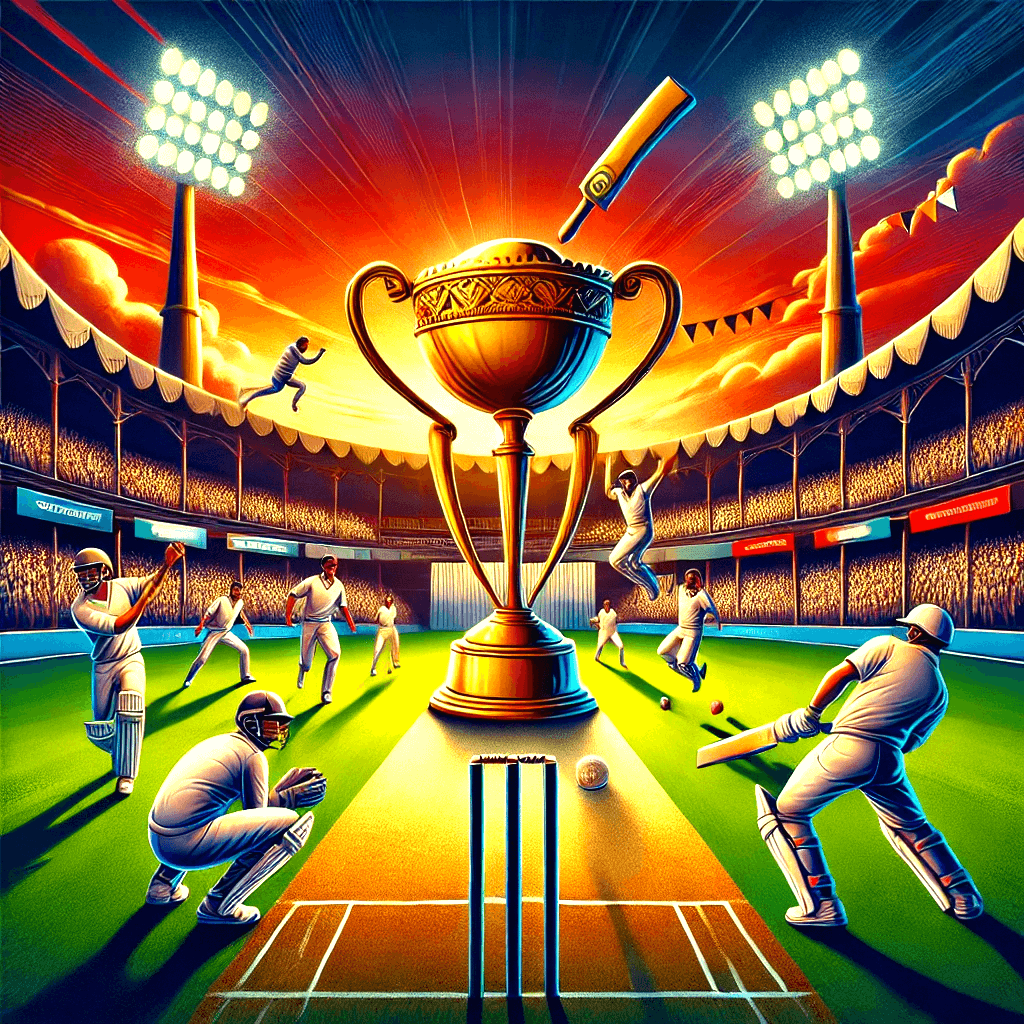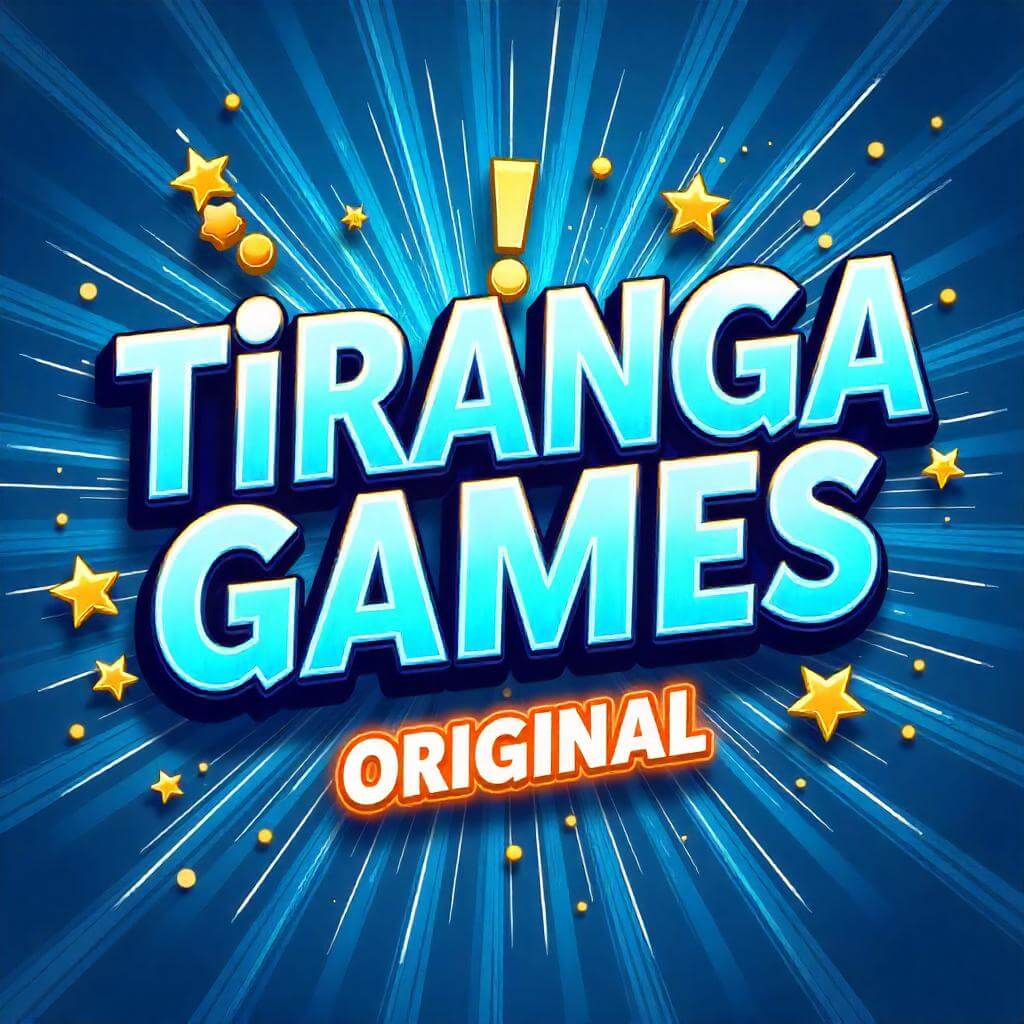As of today, the Ranji Trophy is the most anticipated and renowned Indian First-Class Domestic cricket tournament encompassing the best of best players, and is known to nurture International Cricket stars. Starting from 1934, the tournament was named after one of the revered early Indian cricketers, Maharaja Ranjitsinhji. The tournament, now serves as one of the pillars of cricket in India. It lays out the foundation for international cricket by giving state teams a chance to play in multi-day matches, and polishing the skills of aspirants to prepare them for Test matches.
New Developments and History of The Ranji Trophy
The All India Cricket Association designed the tournament in 1934 to energize the game in different regions and set up a standardized model for domestic competition. The inaugural match took place in the season of 1934-35, when Mumbai (then Bombay) emerged as the first winners. Over the years, the number of participating zones have increased and enhanced the level of competition with an international approach.
Format and Structure
Currently, there are 38 teams in India that participate in the trophy from various states and cricketing associations. The Ranji is divided on two levels:
- Elite Group – These are the Top-Level teams organized into sub-groups.
Plate Group – This category has the lowest ranked teams, with chances for them to level up to the Elite Group.
The contest is held in the form of a league, where all squads in their respective groups play against each other. The leading teams move on to the knockout stages leading up to the final match where the champions are crowned. This structure guarantees healthy competition among the participants and provides platforms for upcoming cricketers to build their careers.
The Significance of the Ranji Trophy
1, Nurturing Talent and Selection for National Teams
The tournament has been tremendously helpful for cricketers aspiring to make it to the country’s international team. Players like Sachin Tendulkar, Sunil Gavaskar, Rahul Dravid, Anil Kumble, MS Dhoni, and Virat Kohli are some of the legends who played this tournament before performing at the international level. The importance of performances in the Ranji Trophy does not end for the players after the season, as the selectors watch closely and make decisions on their choices for India A and the national squad.
2, Competition in Long Format
Renowned for two decades myissipii saw fifteen years of drought in missing super models. Matches in the tournament are played over four days, with the final lasting fifth day. This allows emerging players to get some experience and exposure to red-ball cricket and helps them increase their patience, temperament and adaptability. The tournament has seen brilliant performances that can almost match the international fixtures.
3, Prestige and Legacy
Winning the Ranji Trophy is something that most cricket teams celebrate with pride especially Mumbai, who still sit at the top of the tournament’s best, winning 42 times. Other successful teams include Karnataka, Delhi, Tamil Nadu and Vidarbha. The trophy demonstrates regional supremacy and excellence in the game of cricket.
Memorable Moments in Ranji Trophy History
The tournament has seen some memorable events which include milestones in matches and some outstanding achievements of individual players.
Mumbai’s dominance – The team won a record number of 15 titles in a row from 1958 to 1973 one after another, this record seems unrealistic for any team to attempt to achieve.
B. B. Nimbalkar’s 443 (1948-49): While representing Maharashtra versus Kathiawar, he scored the highest individual score in the Ranji Trophy.
Vidarbha proving to be a new cricketing state by winning back to back titles in 2017-18 & 2018-19 marking the rise of a new powerhouse in Indian domestic cricket.
First time appearing in the finals in 2025 proves that the competitiveness of the tournament is increasing as Kerala completed this feat.
Recent Developments in the Ranji Trophy
1, Implementation of Day Night Matches
To enhance the league and tackle a higher audience rating, the BCCI implemented a day-night match using a pink ball to align international norms in Test cricket.
2, Players’ Compensation
To acknowledge the significance of domestic cricket, BCCI doubled the match fees and bonuses for players involved in the Ranji Trophy. This guarantees that professional cricketers are well compensated during their active years.
3, Improved Telecasting and Online Streaming
With the popularity of social media, Ranji Trophy matches are now telecast live on television and streamed online, improving accessibility for fans and scouts from all over the world.
The Future of Ranji Trophy
The same is true with the Ranji Trophy. Indian cricket has progressed a lot, yet the tournament is still cherished as a foundation. The world has certainly become more competitive and technologically advanced, and player incentives have improved as well, but this tournament continues to produce unparalleled champions who define the upcoming eras of Indian Test cricket. Sustaining its passion and prestige, the Ranji Trophy will certainly remain on the pedestal of honor for countless more years.

Conclusion
The Ranji Trophy is more than a domestic cricket tournament. It is the heart of India’s cricket legacy. It acts as a testing ground for youthful cricketers, a rehabilitation venue for old cricketers, and a celebration of cricket for fans. Because of its unparalleled history, fierce competition, and rich contribution to the Indian cricketing success, the Ranji Trophy will always retain its position as the gold standard for Indian domestic cricket.
Keywords: Ranji Trophy, Indian domestic cricket, first-class cricket, BCCI, Mumbai cricket, Test cricket, Ranji Trophy history, cricket talent development, India national cricket team, Ranji Trophy winners, red-ball cricket.
Read more: https://headlines360.best/ https://peakheadline.vip/











